Found in a dusty warehouse, based on where the film came from, Sweeden, Lomography promoted their Berlin 400 as an iconic cinematic film. 400-Speed, Black & White, and from East Germany. Well, that certainly narrowed it down to only one film, thankfully it is one that I did have planned to review at a later date, so why not discuss it under the Lomography Brand! The film, if you haven’t already guessed is ORWO N74, which made collecting developing formulas easy. Shooting cinematic film in still cameras is nothing new, at least for me, I still love shooting Double-X for urban work, so getting into the groove is easy. Now N74 is a film I had not shot a lot of, having shot a single roll in 2013 at VCXPEX III, and in an abandoned school the film just sang, even in almost dead Xtol! So I was looking forward to getting to know the film better!
Film Specs
Type: Panchromatic B&W
Film Base: Acetate
Film Speed: ASA-400
Formats Avaliable: 35mm
Roll 01 – Kodak D-76
It became rather clear immediately that this was a cinematic film, and it’s all in the grain. I have to remind myself two things, one that grain is good; the second is in cinema film grain doesn’t matter as much because you’re projecting the film at high speed. But it certainly adds to the overall look of your images. And while yes, there’s a fair amount of grain in the images for a 400-speed film, it adds to the images. Not to mention, everything else is fairly uniform tone and contrast, and it is slightly sharper than I expected. I think that you would do best to dilute 1+1 or even 1+2. Since I have five rolls, I think I know how that last roll is getting souped.
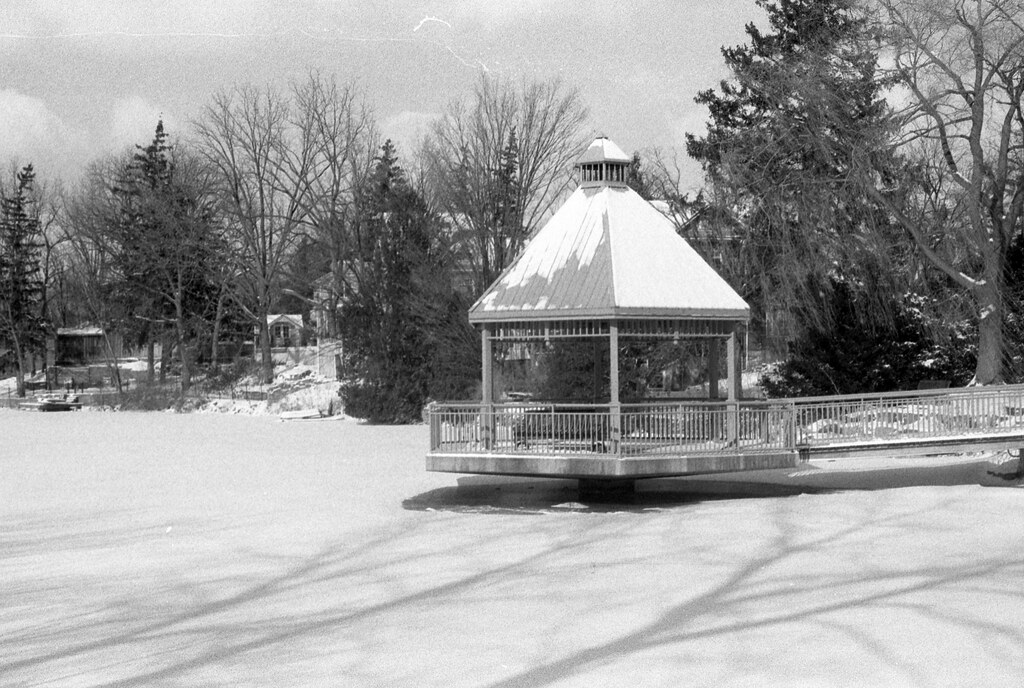
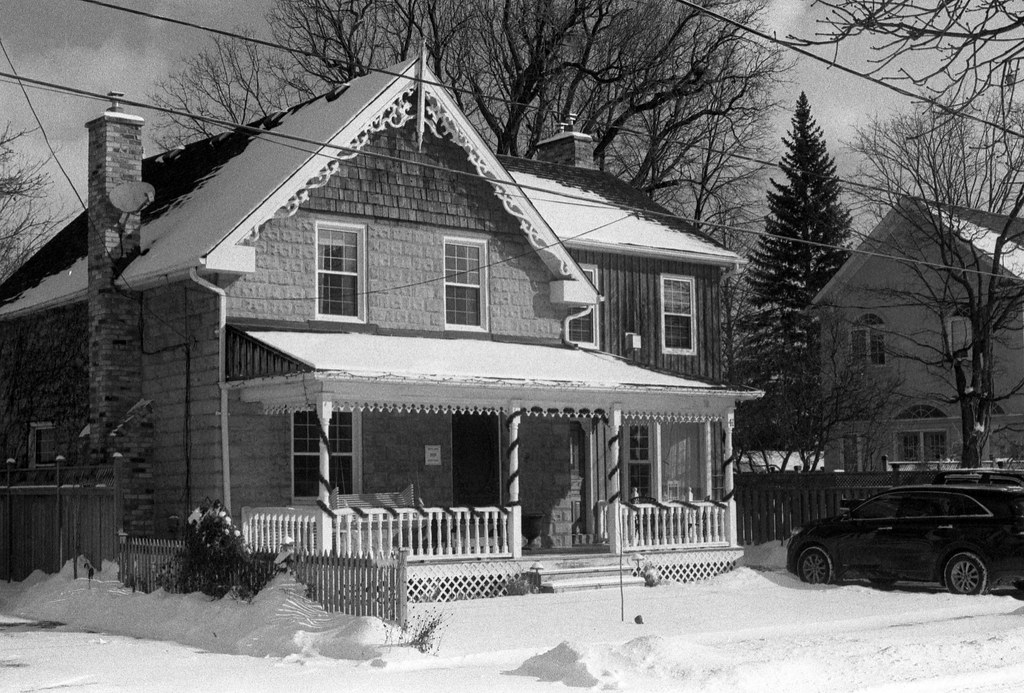
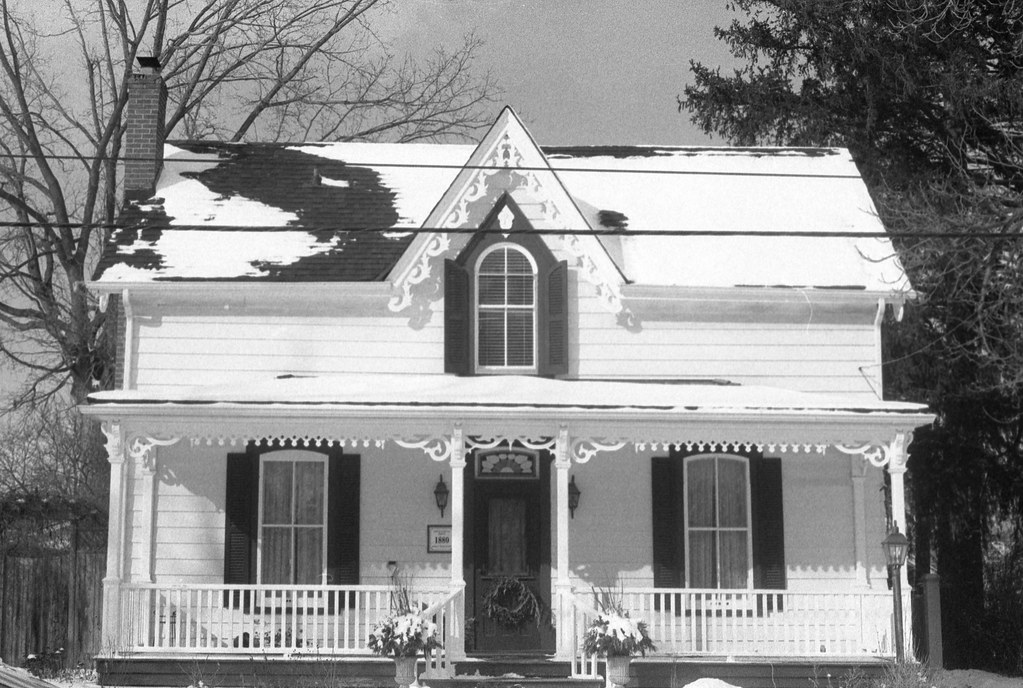
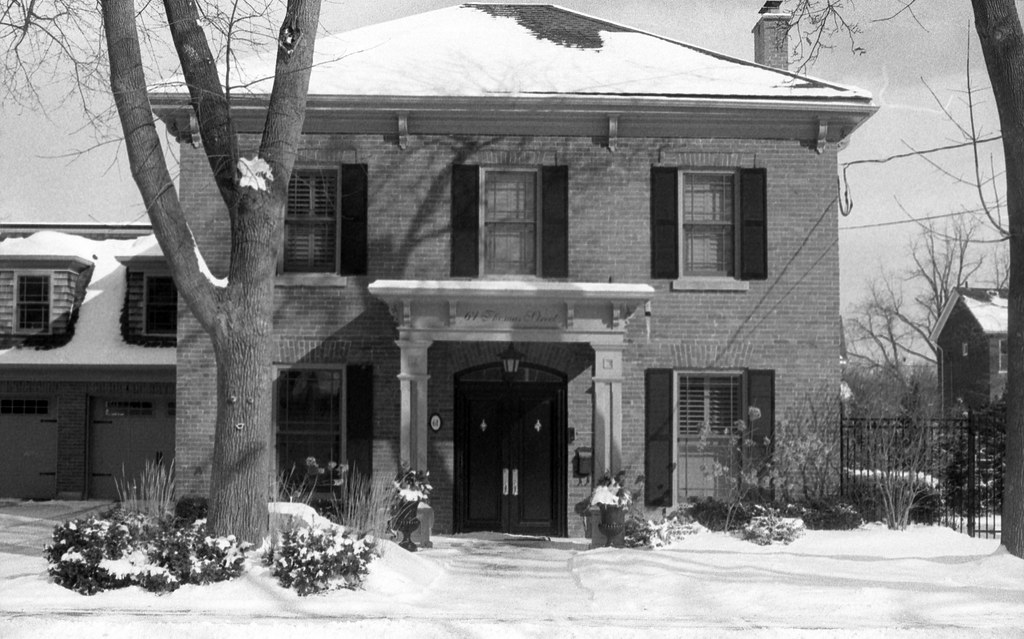
Roll 02 – Kodak HC-110
So I made an error right here and shot the roll at ASA-100 rather than ASA-400. There are no developing times for Berlin at ASA-100, so after doing a deep dive on Google to find some details, I ran across an article written by good friend Mike for Emulsive on pulling film and reduced the times 10% for each stop and landing on 10.5 minutes. And it worked, it worked well. I mean, I’m not one to pull a 400-speed film down that low because when it comes to ORWO, you have UN54 (Lomography Potsdam 100). But I rather like the look! The contrast has certainly got a boost with a bit less on the tonal range, but I was expecting that. There is also a significant drop in the amount of grain, with some loss of sharpness but nothing too bad. I certainly think that the Dilution H times would work great for the film at box speed. But it goes to show how forgiving motion picture films are, especially in a snowstorm.
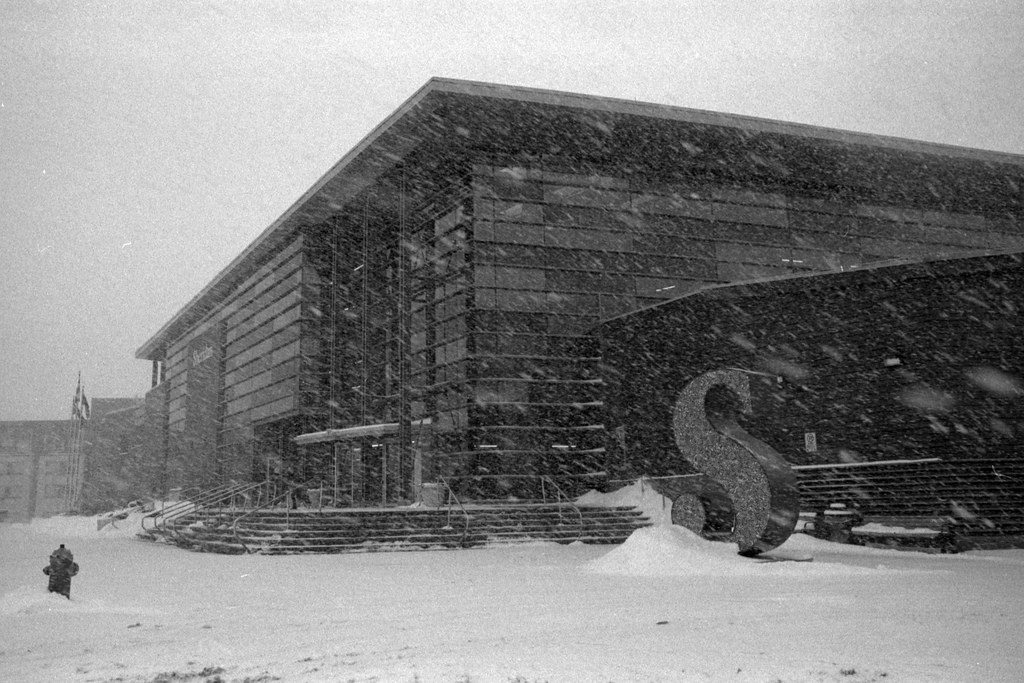
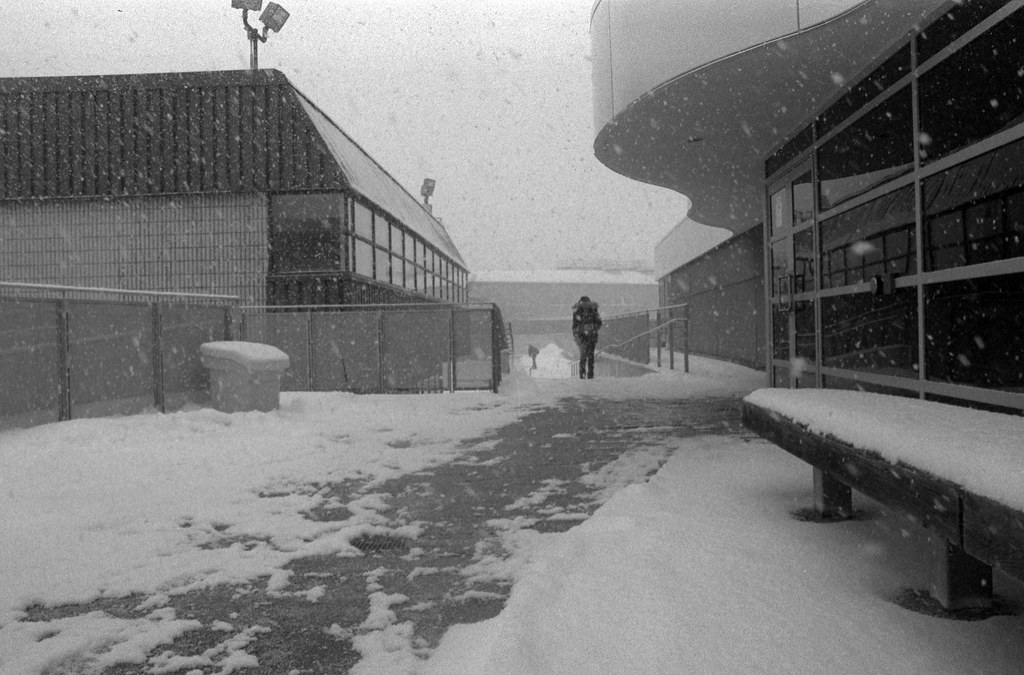
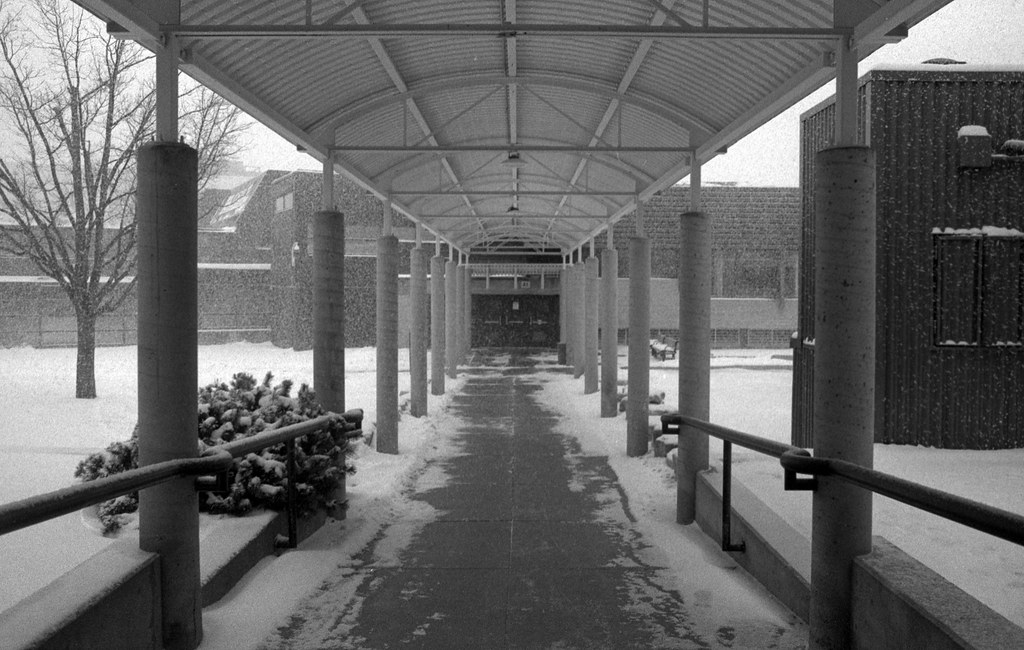
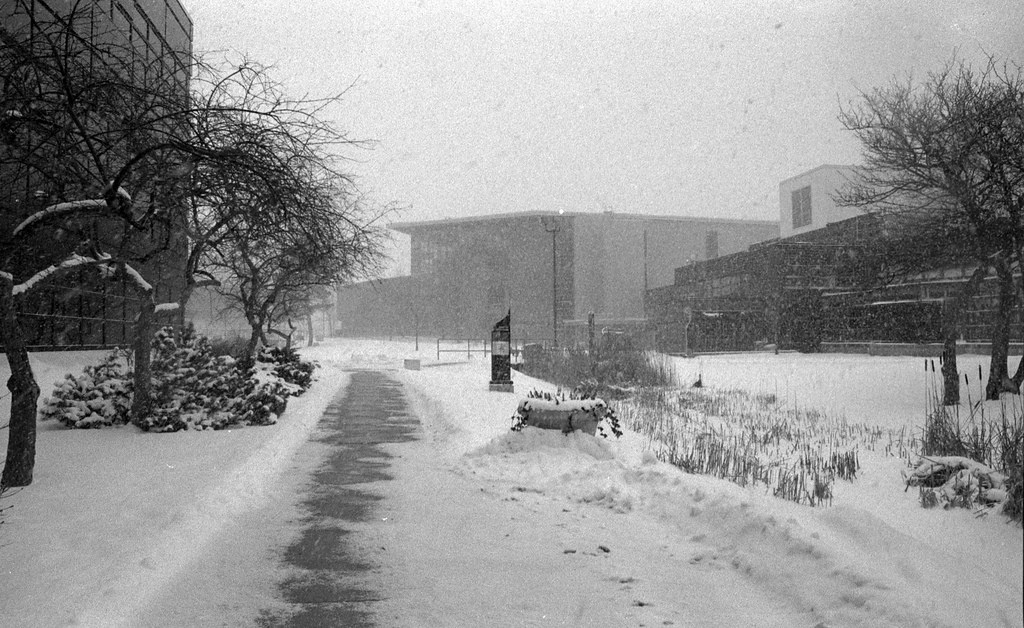
Roll 03 – Rodinal
While not my favourite combination, there’s nothing wrong with using Rodinal with Berlin 400. I also have to stop being afraid to use Rodinal in non-stand developing with 400-speed films. The results have high contrast, a decent amount of tone. It probably would have worked better in sunnier conditions. The images are sharp, no surprise there with a significant uptick in grain. Thinking about it, it would have been better to use Rodinal with the pulled film in the first place. And while it wouldn’t be my first choice, it certainly would work in a pinch.



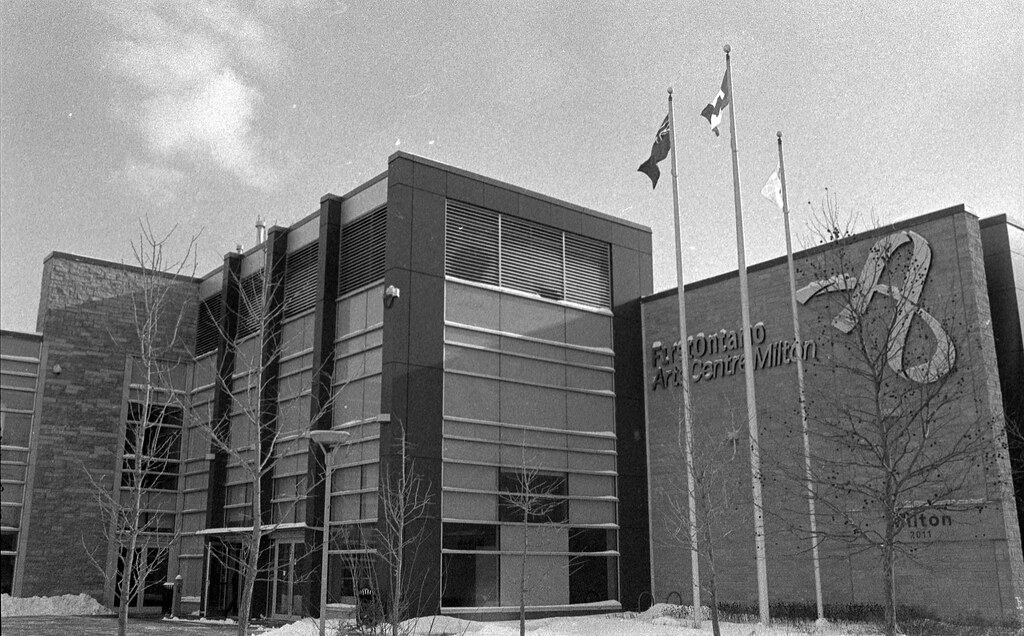
Roll 04 – Ilford Microphen
And finally, here I have my favourite of the lot! Ilford Microphen is a magic bullet; everything looks smooth. We got the fine grain, similar to what I had with the HC-110, good tone and contrast like D-76, and a slight level of sharpness. That being said, I think the film could have done with a one-stop pull, but if you wanted to boost the contrast give it a one-stop push. Either way, I think Microphen is the way to go if you want to reduce the amount of grain you get with this film.
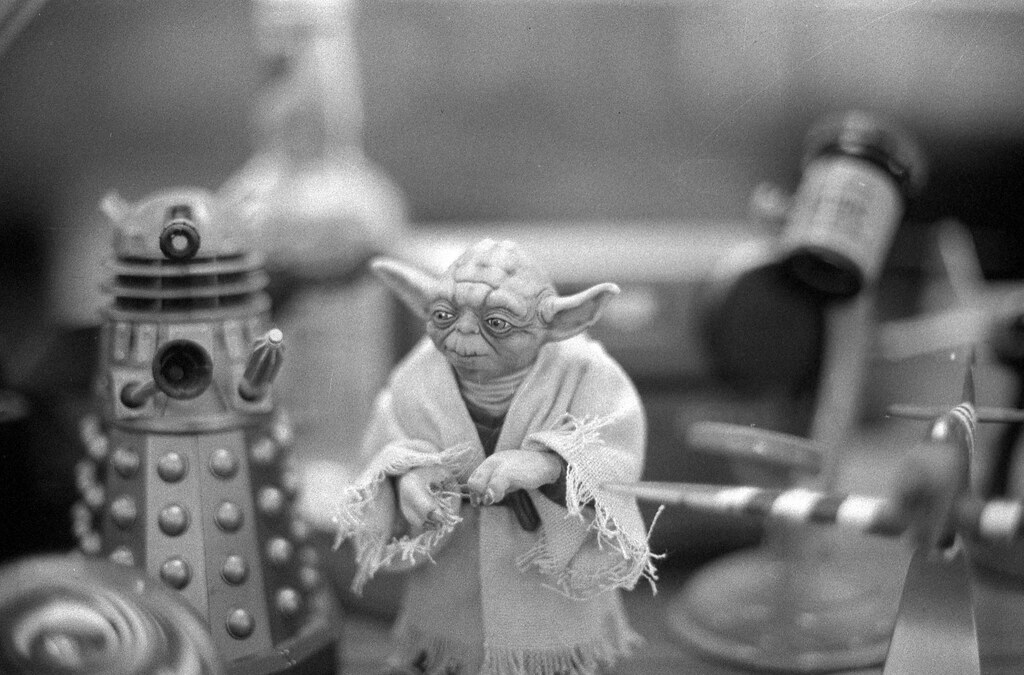
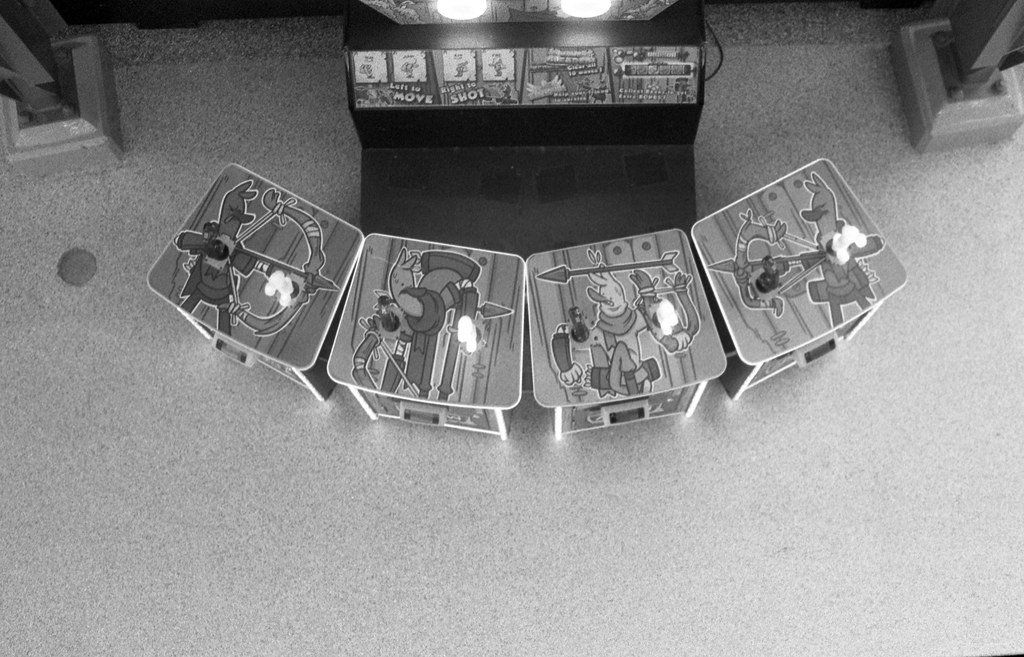

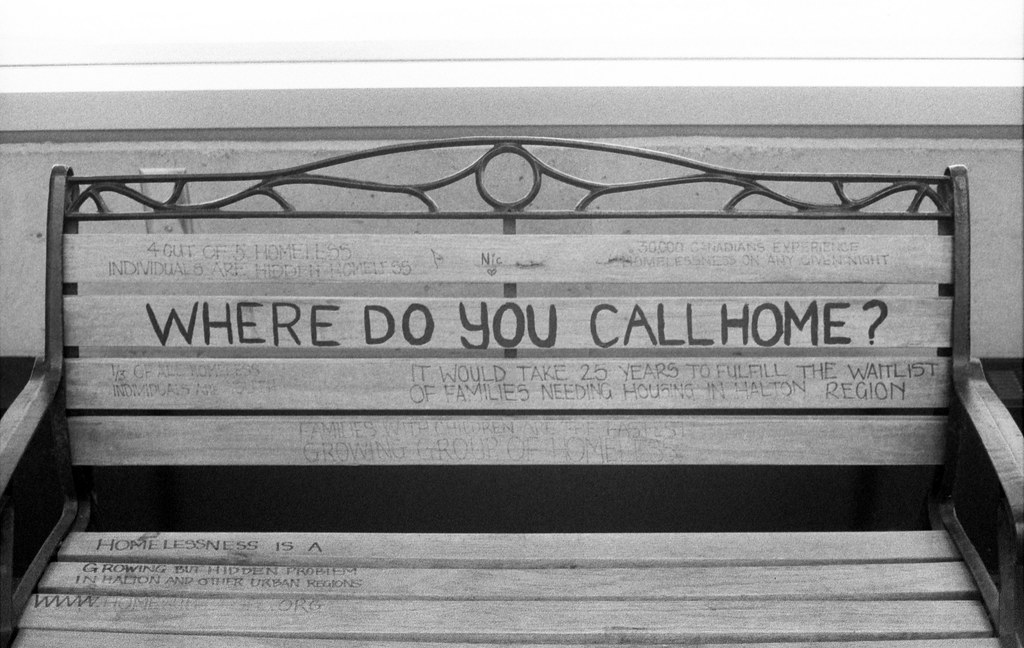
Roll 05 – Pyrocat-HD
How about a bonus roll! Since the film came in a five pack I didn’t originally plan on including all five in review form. But after seeing the results out of Pyrocat-HD, I knew I just had to include it in the review as an unexpected bonus! Now if you’re thinking ‘there’s no published times for ORWO N74 and Pyrocat-HD’ you would be right! But I wanted to see how well it could take Pyrocat-HD. Now this is why I put all the film I shot, along with EI and Developing Combination (Developer, Dilution, Time, Temp) into a massive spreadsheet, so I can filter! And I found that ORWO N74 shares the same D-76 time and dilution to Delta 400, and I’ve found that if the D-76 times are the same, there’s a good chance you’re close enough to use other combinations, so with a slight pull to ASA-320, I went to town. The results are a beautiful grungy post-industrial grit. The dull grey light and rain probably helped, and while it did nothing to help smooth out the grain it turned the grain into a perfect addition to the images. Plus you have great contrast and amazing tonality, a worthy bonus roll for this review!
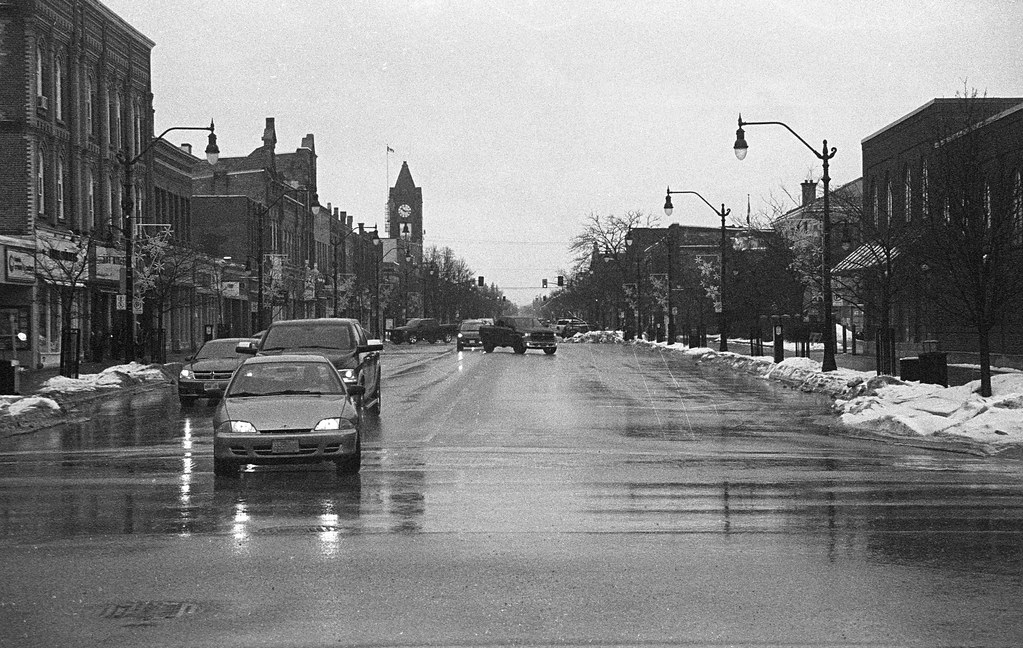
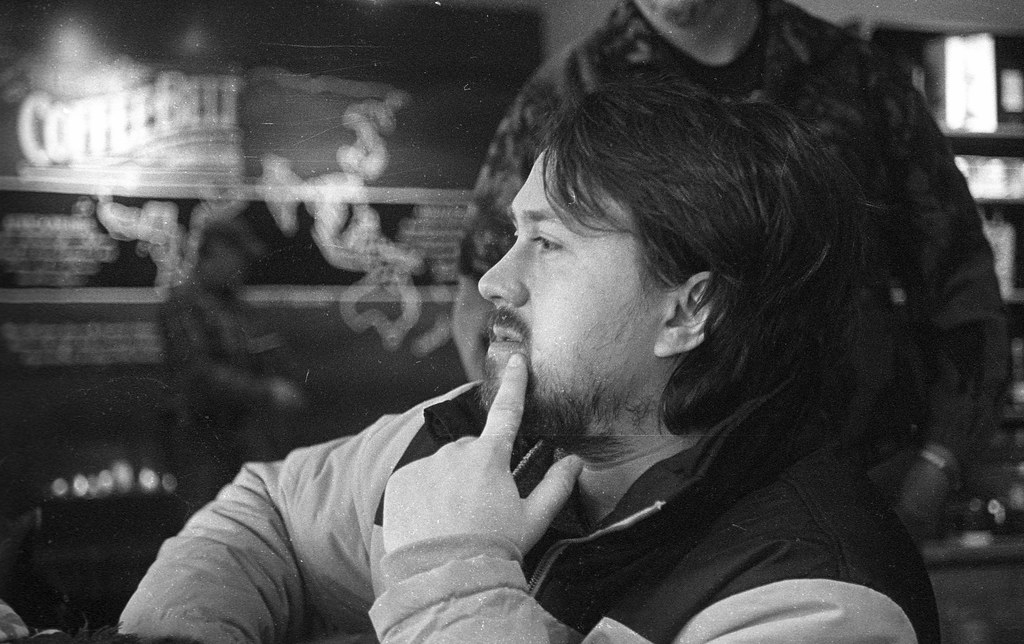
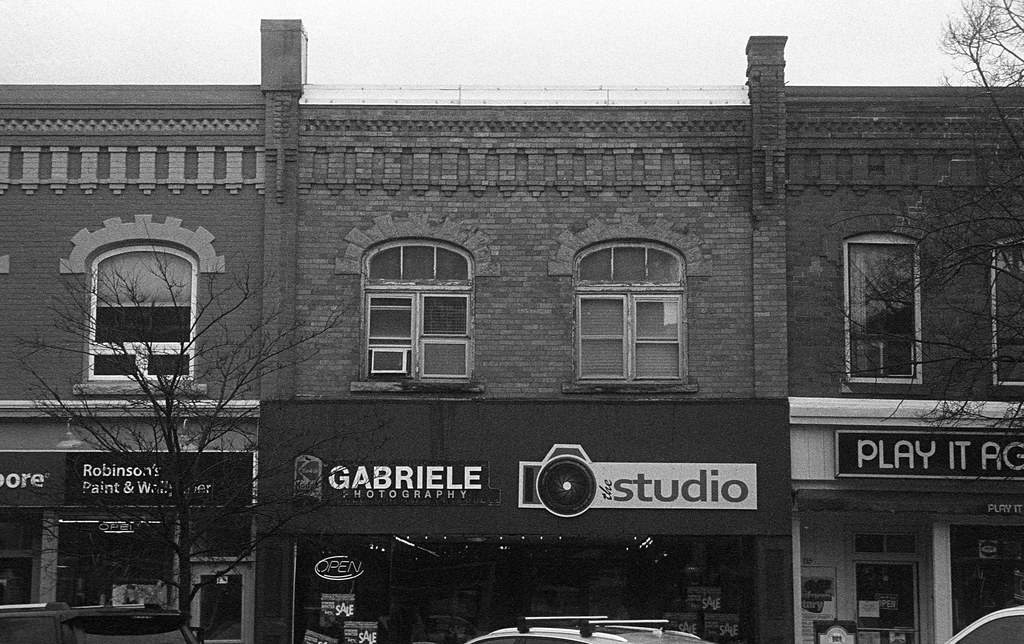
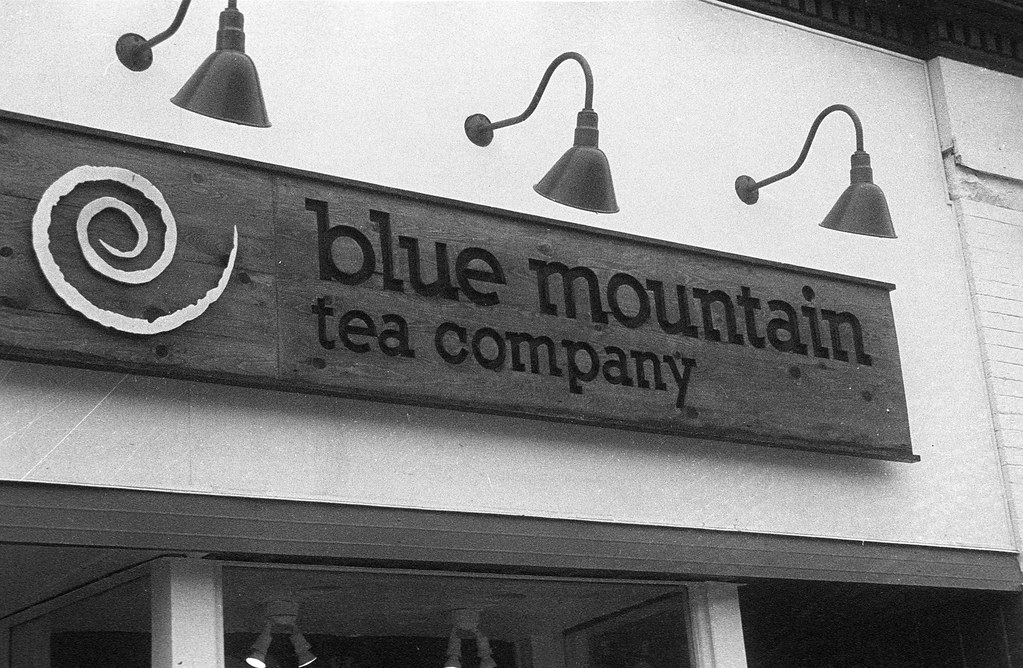
Final Thoughts
I like Berlin (N74) more than I thought I would especially after souping in Microphen. I think there’s real potential to build up a good set of developing formulas with a stop in either direction. It certainly gives a unique look that one doesn’t get with most mainline film. And while I wouldn’t rate it as iconic as Double-X, I’m glad I have one more roll of the stock to experiment with, the real question is what will I do! The real question is if this is new or old stock, I’m going to go with new, simply because Lomography announced they are releasing their Potsdam 100 in 120, and I know that Potsdam is ORWO UN54, and it has only come in 35mm. But I guess with the power of Lomography you dump enough cash; you can get what you want. Would I use Berlin again, probably not because I can get the same film stock cheaper and faster through the Film Photography Project. But that being said I love the fact Lomography is bringing a hard-to-source film to a wider market. You can pick up Berlin 400 through Lomography, you can pick it up in their shop. However, there’s more than one place to get ORWO N74 outside direct purchase, my favourite shop is from the Film Photography Project, sold under their brand as BW400.
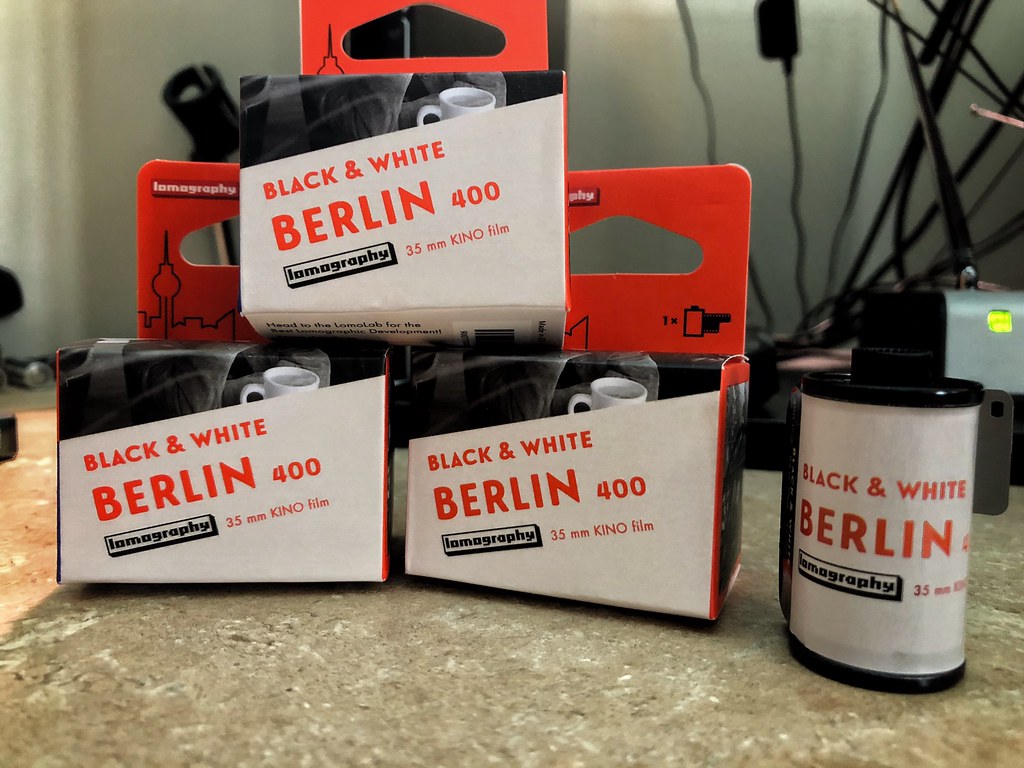
3 Comments